Photography in the American Civil War: The Role of Mathew Brady
Introduction
The American Civil War (1861–1865) was a turning point in American history, not only politically and socially, but also in the way wars were documented. Before this conflict, battles were primarily illustrated by painters and artists who subjectively recreated war scenes. However, thanks to advances in photography and the work of pioneers such as Mathew Brady , this conflict was the first to be widely photographed. Brady and his team captured unforgettable images that changed the way the war was perceived by the public.
Who was Mathew Brady?
Mathew Brady (1822-1896) was an American photographer considered one of the first photojournalists. Before the Civil War, he had already made a name for himself photographing prominent figures, including presidents, politicians, and famous artists. However, it was his work during the Civil War that earned him eternal recognition in history.
Brady saw in the Civil War a unique opportunity to document history in real time. With his passion for photography and his ambition to capture the brutal reality of war, he assembled a team of talented photographers and sent them into the field to capture battles, military camps, and the daily lives of soldiers.
Photography During the Civil War: A Powerful Tool
1. The Importance of Photography in Conflict
The American Civil War was the first major conflict to be widely photographed. Advances in photographic technology made it possible to capture realistic images of the battlefields and soldiers. These photographs offered an honest depiction of the war, far removed from the heroic or idealized portrayals of previous conflicts.
Brady and his team's images showed the war as it really was: bloody, brutal, and devastating. For the first time, the general public, especially in the North, was able to see the direct consequences of the war through photographs published in newspapers and exhibited in galleries.
2. Documenting History Live
Mathew Brady and his photographers managed to capture key moments of the conflict, such as the Battle of Antietam, one of the bloodiest in American history. However, the very nature of photography at the time (with long exposure times and complex equipment) meant that photographers could not capture the action in real time. Nevertheless, they were able to document the battlefields immediately after the fighting, showing the bodies of fallen soldiers and scenes of destruction. These images, shocking for the time, left a lasting impression on the public.
3. The Brutal Reality of War
One of Brady's most important contributions was his ability to capture the brutal reality of war . Images of dead soldiers on the battlefield, wounded in field hospitals, and cities devastated by the fighting gave American citizens an unprecedented view of the war. These photographs shattered the romantic illusions some had about the conflict, exposing its violence and human cost.
By publishing these images in newspapers and exhibiting them in his New York gallery, Brady played a key role in shaping public opinion about the war. The photographs gave civilians a direct window into the front lines, helping them understand the magnitude of the sacrifices made by soldiers and the gravity of the conflict.
Technical and Logistical Challenges
1. The Process of War Photography
Photographing war in the mid-19th century was no easy task. Cameras were large, cumbersome, and required relatively long exposure times. This meant that Brady and his photographers could not capture live action footage. Instead, they often photographed the scenes after the battle, when they were frozen in eerie stillness.
Additionally, photography at the time was primarily done using the wet collodion technique , which required the glass plates used as negatives to be coated with chemicals just before shooting and developed immediately afterward. This required photographers to carry mobile dark carts to develop their images on the battlefield.
2. The Dangers of the Terrain
War photographers like Brady and his team often worked in dangerous conditions. Although they did not photograph battles in full swing, they were required to travel to the battlefields shortly after the fighting, when conditions were still chaotic and dangerous. Photographers risked their lives crossing enemy lines, and they sometimes had to navigate through devastated landscapes littered with corpses and ruins.
The Legacy of Mathew Brady
1. A New Form of Journalism
Mathew Brady's work marked the beginning of a new era in photojournalism . His photographs showed that photography could be more than just an art form: it could become a powerful tool for documenting and transmitting information. By capturing the reality of the Civil War, Brady paved the way for generations of war photographers who, in turn, documented global conflicts.
2. A Priceless Heritage
Today, the photographs of Mathew Brady and his team are invaluable visual records of one of the most tumultuous moments in American history. They are preserved in national archives and displayed in museums across the country, serving as a reminder of the lasting impact of the Civil War.
3. Posterity and Personal Tragedy
Although Mathew Brady's work had an immense impact on Civil War photography and documentation, he faced financial difficulties after the war. Despite selling his studio and photographs to the government, he died in poverty. However, his legacy lives on through the thousands of images he captured that have become landmarks in the history of war and photography.
Conclusion
The American Civil War marked a turning point not only for the United States, but also for the development of war photography . Thanks to Mathew Brady and his team, pivotal moments of the conflict were captured visually, providing the public with a new perspective on the brutality of war. These photographs continue to fascinate and remind us of the horrors of war, while highlighting the enduring power of photography as a tool for documentation and historical reflection.
To discover inspiring photographic works and add a touch of history to your interior, explore the collection of photo posters available on La Boutique du Poster .
FAQs
Who was Mathew Brady?
Mathew Brady was an American photographer considered one of the first photojournalists, famous for documenting the American Civil War through his photographs.
How did Mathew Brady capture images of the Civil War?
Brady sent a team of photographers to the battlefields with cameras and mobile dark carts to capture images after the fighting, using the wet collodion technique.
Why are Civil War photographs important?
These photographs brought the brutality and reality of war to civilians for the first time, transforming the way conflicts were perceived and understood.
Where can I see works inspired by war photography?
Explore inspiring photo posters at The Poster Shop .


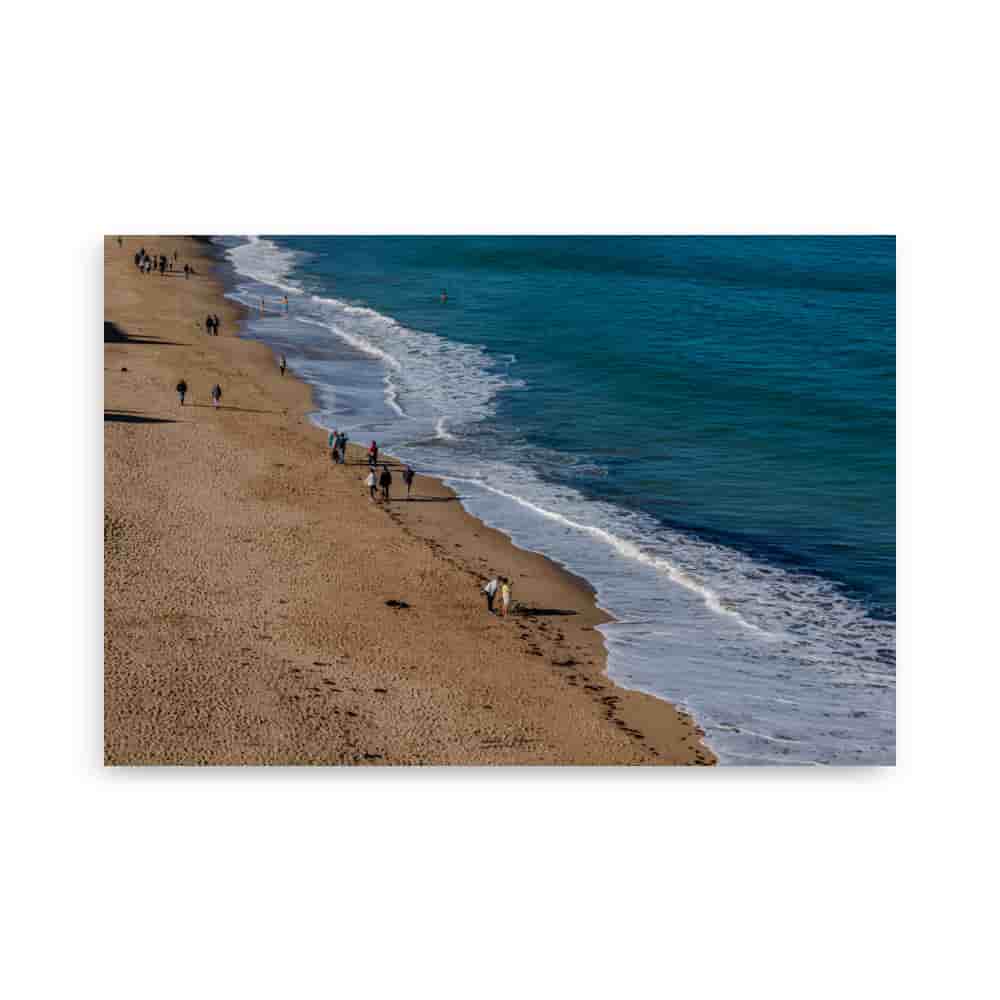

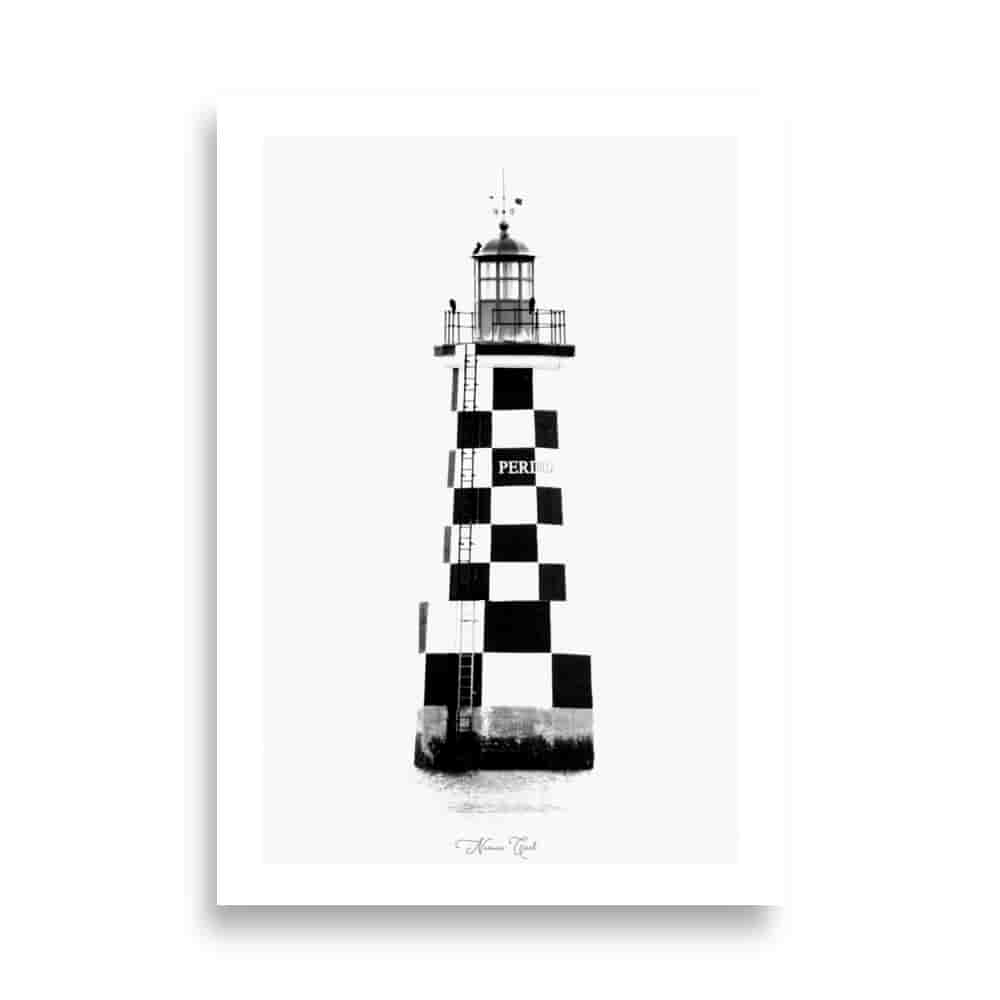
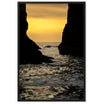
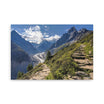






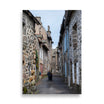




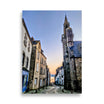













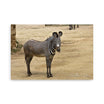


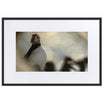




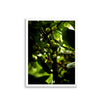


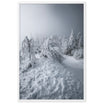



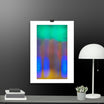




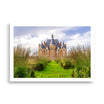









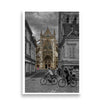





Leave a comment
All comments are moderated before being published.
This site is protected by hCaptcha and the hCaptcha Privacy Policy and Terms of Service apply.